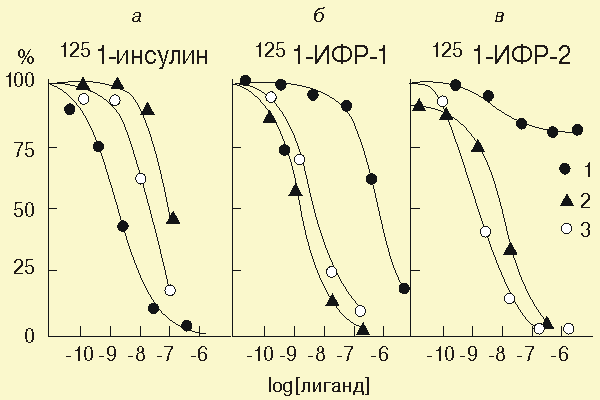FUNCTION OF THE TERMINATION FACTOR 3 (eRF3/GSPT) IN mRNA DEGRADATION
S. Hoshino, Y. Araki, T. Kobayashi, N. Uchida, T. Katada Department of Physiological Chemistry, Graduate School of Pharmaceutical Sciences, University of Tokyo, Tokyo 113-0033, Japan; fax: + 81-3-5841-4751, E- mail: hoshino@inolf.u-tokyo.ac.jp Submitted June 3, 1999 The mammalian GTP-binding protein GSPT, whose carboxy-terminal sequence is homologous to the eukaryotic elongation factor EFla, binds to the polypeptide-chain releasing factor eRFl to function as eRF3 in the translation termination. However, the ammo-terminal domain of GSPT, which contains a prion-like sequence, was not required for the binding. Instead, the amino-terminal domain was capable of binding to the carboxy-terminal domain of poly-adenylate binding protein (PABP), whose amino terminus is associating with the poly(A) tail of mRNAs presumably for their stabilization. Interestingly, multimerization of PABP with poly(A), which is ascribed to the action of its carboxy-terminal domain, was completely inhibited by the interaction with the amino-terminal domain of GSPT. This may facilitate shortening the poly(A) tail of mRNAs by an RNAase. Thus, GSPT/eRF3 appears to function not only as an stimulator of eRFl in the translation termination but also as an initiator of the mRNA degradation machinery. Further physiological and cell biological approaches will be necessary to show whether our current in vitro - findings on GSPT/eRF3 indeed reflect its bifunctional properties inside living cells.
Смотрите также:

